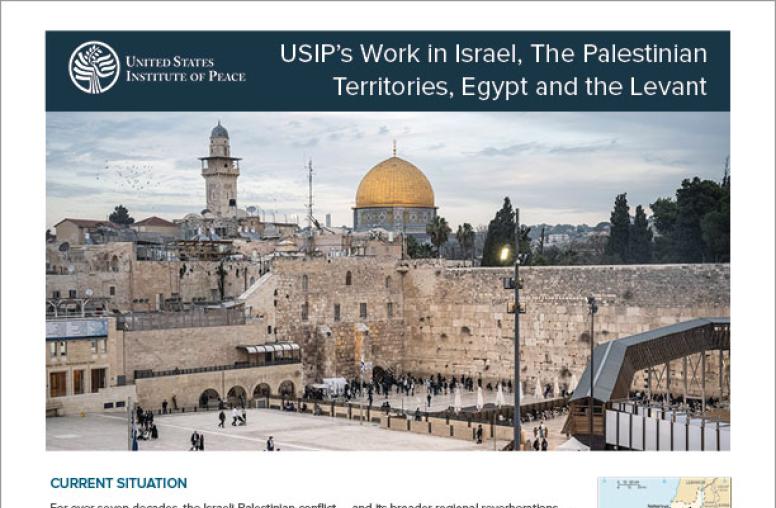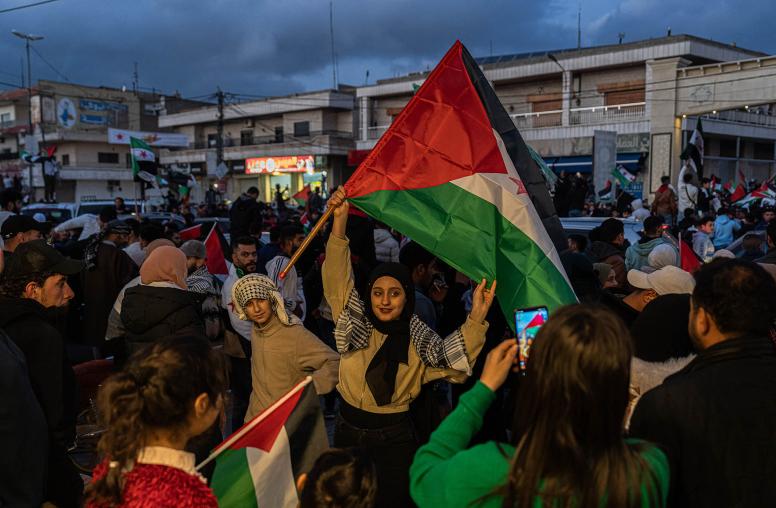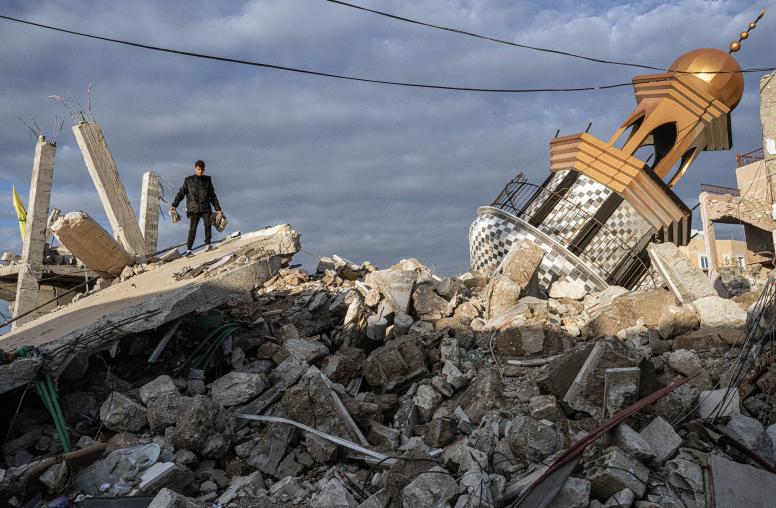Arab-Israeli Futures: Next Steps for the United States
Conference Paper
Conference Paper

For over seven decades, the Israeli-Palestinian conflict — and its broader regional reverberations — has shaped Middle East politics and impacted U.S. interests in the region. Hamas’ unprecedented terror attack on October 7, 2023, the Israeli military response in Gaza and the implications for neighboring Jordan and Egypt — as well as seismic ripples in Lebanon and Syria — have sparked a new phase in the conflict’s and the region’s trajectory.

The fall of Assad’s Baathist regime was met with widespread jubilation among Lebanon's various communities, especially its Sunni, Christian and Druze, but trepidation among many Shias, whose political leadership relied on Baathist cover and support. Baathist Syria had played a major role in Lebanon, intervening in the country's civil war, occupying the country in the post-war period, and manipulating Lebanon's political landscape to benefit its political and economic interests. Though it was ousted from the country in 2005 following a mass uprising that blamed Damascus for the assassination of former Prime Minister Rafik al-Hariri, the Syrian regime continued to maintain influence in the country through its allies and supporters.

On November 26, Israel and Lebanon agreed to a cease-fire to be implemented in phases over 60 days. If it holds, the deal will end over a year of the heaviest fighting in decades between the two sides. Formally a deal between Israel and Lebanon, the agreement is effectively between the former and Hezbollah. The next two months will serve as a crucial test for the possibility of a sustained truce and a more durable and comprehensive resolution of disputed border areas between the two countries.

Iran’s ballistic missile strikes on Israel on October 1 have raised fears of an all-out war in the Middle East. The deepening spiral of bloodshed began on September 17 and 18 with the detonation across Lebanon of thousands of pagers and two-way radios used by Hezbollah operatives — one analyst deemed the unprecedented Israeli operation “the most extensive physical supply chain attack in history.” Ongoing airstrikes in Beirut and southern Lebanon have marked the most significant Israeli barrage in 11 months of tit-for-tat escalation. On September 27, Israel dealt Hezbollah a devastating blow by killing its leader Hassan Nasrallah in an airstrike on a Beirut suburb. Despite reeling from these latest reverses and the evisceration of its command structure, the Shiite militia continues to lob missiles at Israel. Stunned and outraged, Iran — Hezbollah’s patron — fired around 200 ballistic missiles at Israel; at least one person was killed in the West Bank. Iranians are now bracing for Israeli retaliation. The cycle of violence, it appears, is far from over.